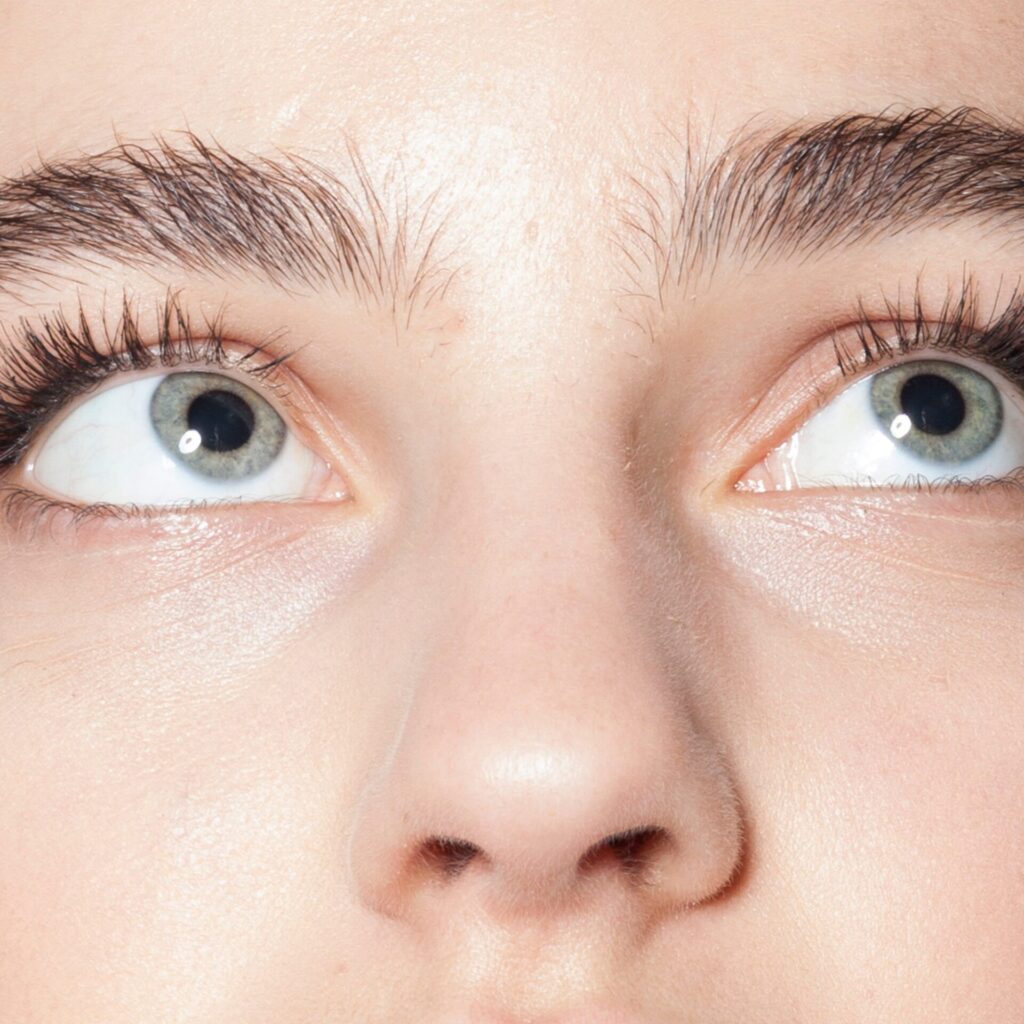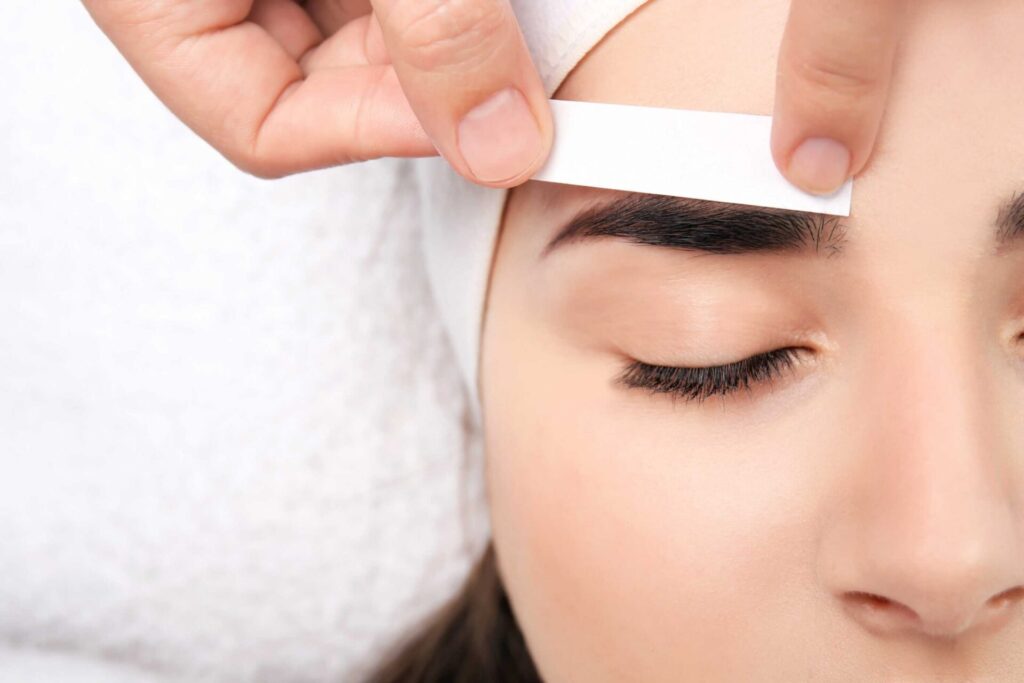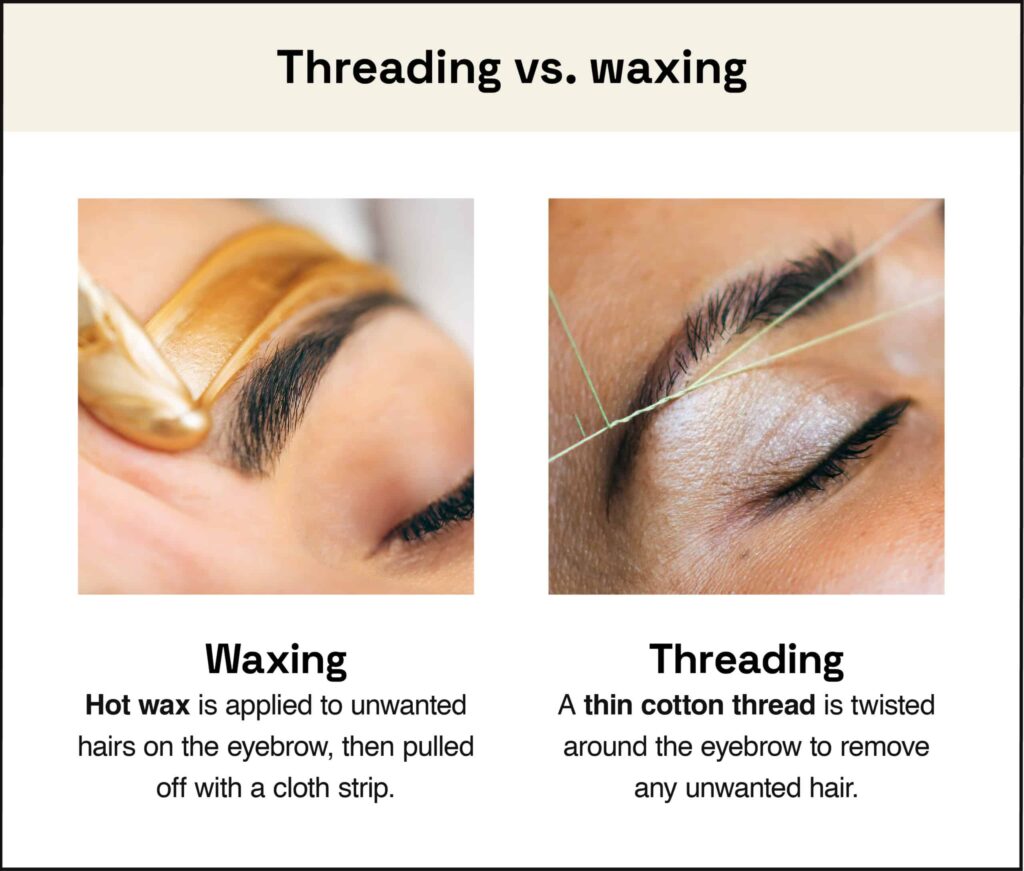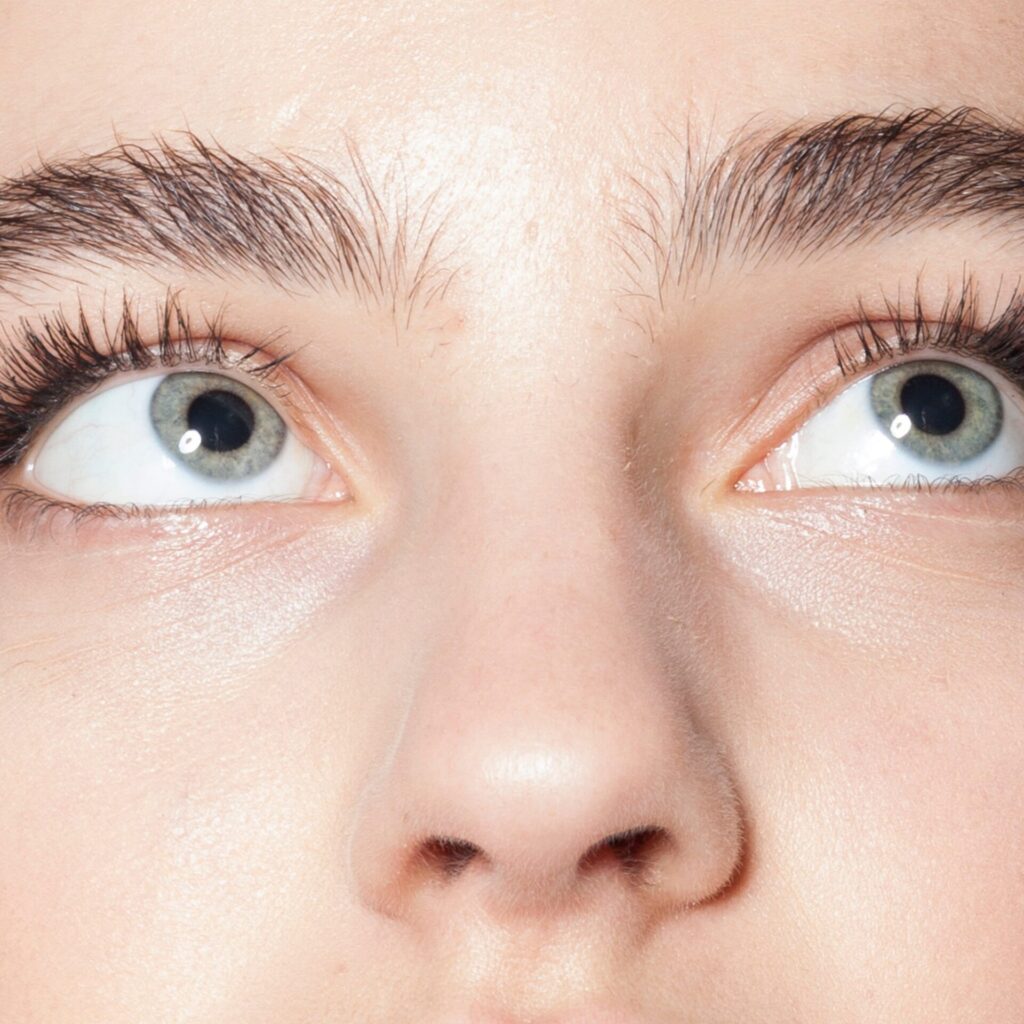Are you considering getting your eyebrows waxed but concerned about the potential risks? Look no further! This article will provide you with all the information you need to make an informed decision. From potential skin irritations to allergic reactions, we’ll cover every aspect of brow waxing risks. So, before you book your next appointment, take a moment to educate yourself on the potential downsides to ensure a safe and enjoyable experience.
Potential Side Effects
Brow waxing is a popular method for achieving well-defined and groomed eyebrows. However, like any beauty procedure, it is essential to be aware of the potential side effects. While the vast majority of individuals have no issues with brow waxing, it’s essential to understand the risks involved to make an informed decision.
Skin Irritation
One of the most common side effects of brow waxing is skin irritation. Waxing involves the application of hot wax to the skin, which can cause temporary redness and inflammation. This irritation is usually mild and tends to subside within a few hours. However, if you have sensitive skin or existing skin conditions such as eczema or rosacea, you may be more prone to experiencing skin irritation.
Redness and Swelling
In addition to skin irritation, redness and swelling are also common side effects of brow waxing. These reactions occur due to the heat and pulling involved in the waxing process. While the redness and swelling may be more prominent immediately after the procedure, they usually resolve within a day or two. Applying a cold compress to the treated area can help reduce these side effects and provide relief.
Rash or Allergic Reaction
In rare cases, some individuals may develop a rash or experience an allergic reaction to the wax or other products used during the brow waxing process. This can manifest as itchiness, redness, or small bumps on the treated area. If you have a known allergy to certain ingredients or have previously experienced allergic reactions to similar treatments, it’s crucial to inform your esthetician beforehand. This way, they can take the necessary precautions or recommend alternative methods.
Skin Burns
Another potential risk of brow waxing is the occurrence of skin burns. The wax used in the procedure is typically heated to a certain temperature to ensure its effectiveness. However, if the wax is applied too hot or left on the skin for too long, it can cause burns. These burns may range from mild to severe, depending on the intensity and duration of exposure to the hot wax. To minimize the risk of burns, it is essential to choose an experienced esthetician who is knowledgeable about proper waxing techniques.
Ingrown Hairs
Ingrown hairs are a common concern after waxing, and brow waxing is no exception. When hair follicles become clogged or blocked, the hair may grow sideways or curl back into the skin. This can lead to the formation of painful and unsightly ingrown hairs. To prevent ingrown hairs, it’s crucial to exfoliate regularly and avoid touching or picking at the waxed area. Furthermore, the use of products containing salicylic acid can help keep the pores clear and minimize the likelihood of ingrown hairs.
Long-Term Effects
While many of the potential side effects of brow waxing are temporary, there are some long-term effects to consider before undergoing the procedure.
Thin or Sparse Brows
Repeated brow waxing can sometimes lead to thinning or sparse eyebrows. The regular removal of hair from the eyebrow area can disrupt the natural growth cycle of the hair follicles, causing them to weaken or become damaged over time. To mitigate this risk, it’s essential to give your brows a break from waxing occasionally and allow them to regrow. Additionally, using eyebrow growth serums or oils can help stimulate hair growth and maintain fuller brows.
Skin Discoloration
Skin discoloration is another potential long-term effect of brow waxing, particularly for individuals with darker skin tones. The repeated trauma to the skin from waxing can cause hyperpigmentation or darkening of the treated area. This occurs due to an increase in melanin production as a response to inflammation. To prevent skin discoloration, it’s important to avoid excessive sun exposure after waxing and use sunscreen regularly to protect the treated area.
Scarring
While rare, scarring can occur as a long-term consequence of brow waxing. Improper waxing techniques, such as applying too much pressure or pulling the wax too forcefully, can cause damage to the skin and lead to scarring. To minimize the risk of scarring, it is crucial to choose an experienced esthetician who follows proper waxing protocols and prioritizes the safety of their clients.

This image is property of media.allure.com.
Precautions to Take
To minimize the potential side effects and long-term effects of brow waxing, there are several precautions you can take before, during, and after the procedure.
Patch Test
before undergoing a full brow waxing session, it’s essential to conduct a patch test to check for any adverse reactions or allergies. Apply a small amount of wax on a small area of your skin, preferably in an inconspicuous area, and wait for 24 to 48 hours to observe any reactions. If you experience any itching, redness, or swelling during this time, it may indicate an allergic reaction, and you should avoid brow waxing.
Avoid Sun Exposure
Direct sun exposure can exacerbate the potential side effects of brow waxing, such as redness, swelling, and skin discoloration. To protect your skin, it is recommended to avoid prolonged sun exposure for at least 24 to 48 hours after the waxing procedure. If you must be outside, wear a wide-brimmed hat or use a sunscreen with a high SPF to shield the treated area.
Choose an Experienced Esthetician
Selecting a reputable and experienced esthetician is crucial to minimize the risks associated with brow waxing. An experienced professional will have the necessary knowledge and skills to perform the procedure safely and effectively. Before booking an appointment, research the esthetician’s credentials and read reviews from previous clients to ensure you are in capable hands.
Proper Aftercare
Proper aftercare plays a vital role in minimizing the potential side effects and long-term effects of brow waxing. After the procedure, avoid touching or scratching the waxed area to prevent further irritation. Apply a soothing gel or cream recommended by your esthetician to alleviate redness and inflammation. Additionally, avoid applying makeup or other cosmetics to the treated area for at least 12 to 24 hours to allow the skin to heal properly.
Alternatives to Brow Waxing
If you are concerned about the potential risks associated with brow waxing or have had adverse reactions in the past, there are alternative methods to achieve well-groomed and defined eyebrows.
Threading
Threading is a technique that involves using a twisted cotton thread to remove unwanted hair from the eyebrows. This method is gentle on the skin and does not involve the use of any chemicals or hot wax. Threading creates clean and precise lines, making it an excellent option for individuals with sensitive skin or those prone to skin reactions.
Tweezing
Tweezing is a traditional method of hair removal that involves plucking individual hairs using tweezers. While tweezing may be time-consuming, it provides precise control over eyebrow shaping and eliminates the risk of skin burns or allergic reactions. Tweezing is also a popular choice for individuals who prefer a more natural look and want to maintain their eyebrows at home.
Microblading
Microblading is a semi-permanent makeup technique that involves creating tiny incisions in the skin and depositing pigment to mimic the appearance of eyebrow hair. This method is ideal for individuals with thin or sparse brows and provides long-lasting results. It’s important to note that microblading is a specialized procedure that should be performed by a trained and certified professional to ensure safety and optimal results.

This image is property of dahliabywha.com.
Safety Measures in Salons
When choosing a salon or esthetician for your brow waxing needs, it’s crucial to consider the safety measures they have in place. Here are some key factors to look out for:
Sanitization of Tools
A reputable salon will have strict protocols in place for sanitizing their tools, such as tweezers and waxing spatulas. These tools should be properly cleaned and disinfected between clients to prevent the spread of bacteria and other contaminants. If you observe any negligence in sanitization practices, it is advisable to seek services elsewhere.
Disposable Applicators
Disposable applicators, such as wax strips or wooden spatulas, should be used for each client to minimize the risk of cross-contamination. These single-use items should be discarded after each use and not reused on multiple clients. If you notice the salon reusing applicators, it may be a red flag, and you should consider a different establishment.
Quality of Wax Products
The quality of wax products used in the salon can significantly impact the safety and effectiveness of the brow waxing procedure. Inferior quality wax may contain harsh ingredients or fail to adhere properly to the hair, leading to unsatisfactory results or potential side effects. A reputable salon will use high-quality waxes that are suitable for your skin type and provide optimal hair removal without causing unnecessary irritation or damage.
Tips for Minimizing Risks
In addition to taking precautions and choosing the right salon or esthetician, there are additional steps you can take to minimize the risks associated with brow waxing.
Inform the Esthetician about Any Skin Conditions or Allergies
Before your brow waxing appointment, inform the esthetician about any known skin conditions or allergies you may have. This information will help them determine the most suitable products and techniques to use during the procedure. By sharing this information, you empower the esthetician to provide personalized care and avoid any potential triggers for adverse reactions.
Do Not Apply Cosmetics Immediately After Waxing
After the brow waxing procedure, it’s best to avoid applying cosmetics or other products to the treated area immediately. The freshly waxed skin may be more sensitive and prone to irritation, so it’s advisable to leave the area bare for at least 12 to 24 hours. This allows the skin to breathe and heal properly, reducing the risk of clogged pores or further irritation.
Moisturize the Brow Area Regularly
Regularly moisturizing the brow area can help maintain the skin’s hydration and support the natural healing process. Choose a fragrance-free and gentle moisturizer specifically formulated for the face. Applying a thin layer of moisturizer to the brow area twice a day can ensure that the skin remains nourished and supple, reducing the risk of dryness or flakiness.

This image is property of wordpress.styleseat.com.
Conclusion
Brow waxing can be an effective method for achieving well-groomed eyebrows, but it’s essential to understand the potential side effects and long-term effects involved. Skin irritation, redness and swelling, rash or allergic reactions, skin burns, and ingrown hairs are possible side effects of brow waxing. Long-term effects may include thin or sparse brows, skin discoloration, and scarring.
To minimize the risks, it is crucial to take precautions such as patch testing, avoiding sun exposure, choosing an experienced esthetician, and practicing proper aftercare. If you are concerned about the potential side effects, there are alternative methods to consider, such as threading, tweezing, or microblading. When selecting a salon or esthetician, prioritize their safety measures, including sanitization of tools, use of disposable applicators, and the quality of wax products.
By following these tips and being well-informed about the risks, you can make an educated decision and enjoy beautifully groomed eyebrows with minimal side effects. Remember to prioritize your skin’s health and consult with a professional if you have any concerns or questions.


